
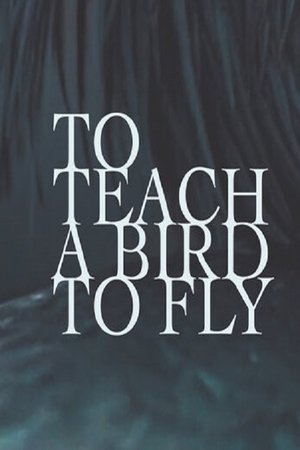
To Teach a Bird to Fly(2020)
This experimental nature documentary by Minna Rainio and Mark Roberts depicts climate change and the wave of extinction from the point of view of our near future. Actually, it depicts the age we live in now, or rather its fateful consequences.



Movie: To Teach a Bird to Fly
Top 4 Billed Cast
Narrator
Foster Parent / Woman
Second Foster Parent
Microlight Pilot

To Teach a Bird to Fly
HomePage
Overview
This experimental nature documentary by Minna Rainio and Mark Roberts depicts climate change and the wave of extinction from the point of view of our near future. Actually, it depicts the age we live in now, or rather its fateful consequences.
Release Date
2020-01-28
Average
0
Rating:
0.0 startsTagline
Genres
Languages:
EnglishKeywords
Similar Movies
 6.0
6.0Watershed: Exploring a New Water Ethic for the New West(en)
As the most dammed, dibbed, and diverted river in the world struggles to support thirty million people and the peace-keeping agreement known as the Colorado River Pact reaches its limits, WATERSHED introduces hope. Can we meet the needs of a growing population in the face of rising temperatures and lower rainfall in an already arid land? Can we find harmony amongst the competing interests of cities, agriculture, industry, recreation, wildlife, and indigenous communities with rights to the water? Sweeping through seven U.S. and two Mexican states, the Colorado River is a lifeline to expanding populations and booming urban centers that demand water for drinking, sanitation and energy generation. And with 70% of the rivers’ water supporting agriculture, the river already runs dry before it reaches its natural end at the Gulf of California. Unless action is taken, the river will continue its retreat – a potentially catastrophic scenario for the millions who depend on it.
Street Monkeys(en)
Breaking and entering, gang fights-it's not the lifestyle you would imagine inside the posh Mount Edgecombe Estate in Durban, South Africa. But for our primate cousins, the vervet monkey, just trying to protect their turf is all in a day's work. This group of mischievous vervet monkeys bring action and drama to every street corner. Over the course of a year, two rival gangs, the Pani Troop and the Sugar Cane Gang, will vie for prime real estate. See who will win.
 6.9
6.9The Five Obstructions(da)
Lars von Trier challenges his mentor, filmmaker Jørgen Leth, to remake Leth’s 1967 short film The Perfect Human five times, each with a different set of bizarre and challenging rules.
 7.8
7.8On Thin Ice(de)
Climate change has reached the indigenous Nenets people in the north of Siberia. The nomads' herds of reindeer move on thin ice. The warming in the Russian Arctic is becoming dramatically visible. Huge craters open in the thawing permafrost and expose dangerous viruses and bacteria. Forest floors dry out and the taiga catches on fire. The pack ice off the coast is melting and depriving polar bears of their habitat so that they approach human settlements in their desperation. The changes in the nature of the Arctic Circle combine with the measurements of researchers and observations of the indigenous people to form a disturbing overall picture: In the Russian Arctic, Pandora's box has been opened! The film team had the chance to shoot in regions that were been restricted areas for decades. The documentary shows in impressive and depressing images already existing effects, phenomena and ominous interlinkages of global warming.
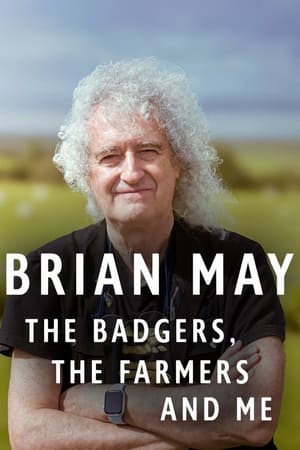 7.0
7.0Brian May: The Badgers, the Farmers and Me(en)
Following Sir Brian May over a decade-long journey to understand the crisis caused by bovine tuberculosis and his opposition to the controversial badger cull, implemented to curb the spread of the disease in cattle. It’s a story surrounded by controversy, but one little known to many - a tale of tragedy for both humans and animals.
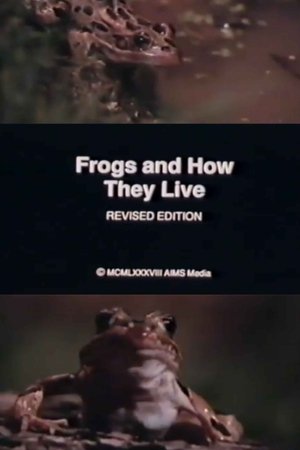 0.0
0.0Frogs and How They Live(en)
We've all read funny stories about frogs, why there's Mark Twains Jumping Frog of Calaveras County, and The Frog Prince, and who could forget Kermit the Frog! But what about the real thing?
 0.0
0.0Bugz(en)
"Incredible," "beautiful" and "exotic" are only a few of the words (besides "eek!") that describe Bugz. Everything from bugs you'd recognize to bugs you've never seen before (thank goodness!) creeping, jumping, fluttering, squirming and scurrying across your TV screen.
The Bear Man(en)
A 45 minute account of the life of a humble logger, named Vince Shute, who made one decision that would ultimately affect the black bear and the attitudes that people have of this often misunderstood animal. This short film goes into great detail about the history of The American Bear Association and the formation of the Vince Shute Wildlife Sanctuary.
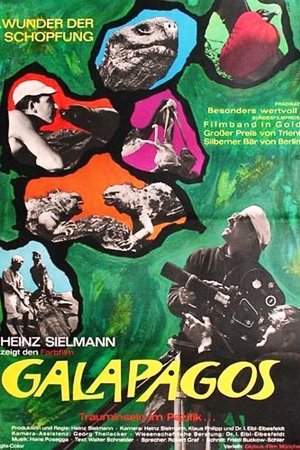 0.0
0.0Galapagos - Trauminsel im Pazifik(de)
Following in the footsteps of Charles Darwin, Heinz Sielmann traveled to the bizarre volcanic islands of Galapagos. The multi-award-winning film shows the unique wildlife on the Pacific Noah's Ark.
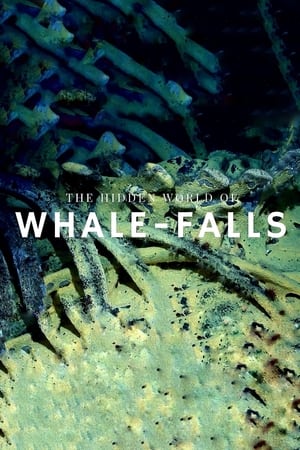 0.0
0.0The Stages of Whale Decomposition(en)
Fallen whale carcasses, abundant in the deep-sea, form ecosystems of their own. As it decomposes, different stages support a succession of marine biological communities. It is these complex and fascinating stages that are here explored.
 7.0
7.0An Inconvenient Truth(en)
A documentary on Al Gore's campaign to make the issue of global warming a recognized problem worldwide.
 6.7
6.7The 11th Hour(en)
A look at the state of the global environment including visionary and practical solutions for restoring the planet's ecosystems. Featuring ongoing dialogues of experts from all over the world, including former Soviet Prime Minister Mikhail Gorbachev, renowned scientist Stephen Hawking, former head of the CIA R. James Woolse
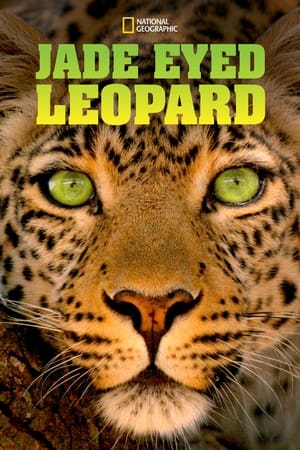 0.0
0.0Jade Eyed Leopard(en)
A small leopard with aquamarine eyes learns the fundamental skills of survival during her first three years.
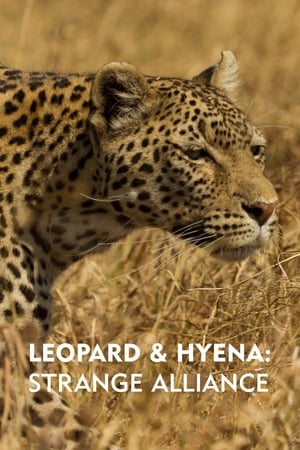 0.0
0.0Leopard & Hyena: Strange Alliance(en)
After an explosive and fortuitous encounter, a male hyena and a leopard join forces and create a peculiar hunting alliance.
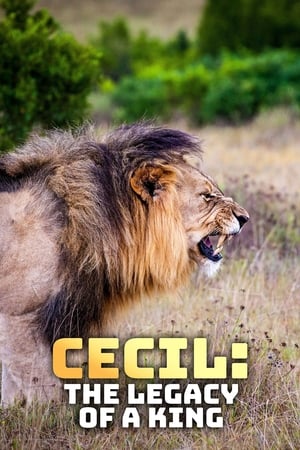 7.0
7.0Cecil: The Legacy of a King(en)
Hwange's lions are rumored to be some of the biggest wild lions on the planet. One magnificent beast was destined to become one of Africa's most famous animals. He was known as Cecil. While his demise at the hand of hunters was splashed across the media, sparking fury in all who heard his tale, Cecil's story before he was posthumously iconized is worthy of celebrating
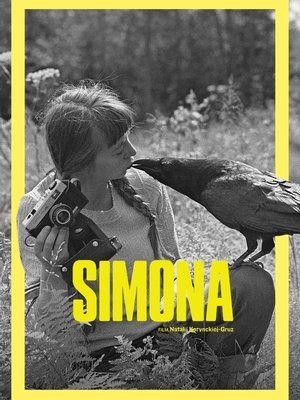 7.5
7.5Simona(pl)
Ida, the grandniece of Simona Kossak, travels to the Bialowieza Forest at the Polish-Belarussian border. Sorting through the photos left by Lech Wilczek, Ida uncovers the life he had with Simona, captured in the photographs, footage and memories. A moving and powerful documentary about the life of Simona Kossak, a biologist, ecologist and activist known for her efforts to preserve the remnants of natural ecosystems in Poland and for living among the animals in the Białowieża Forest for over 30 years.
 0.0
0.0Best of Worlds: Life at its Alpine Limits(en)
For 5000 years, man has sought to inhabit the more accessible areas of Europe, but at its very heart, in the high zones of the Alps, there exists a world parallel to ours. This is a world in which species have survived dramatic climatic upheavals, human exploitation of the land, and now the pressures of mass tourism. The Alps are home to plants and animals that owe their success to an amazing capacity to live in conditions that, for other species–humans included–would be barely tolerable. For them, however, this is everyday life.
